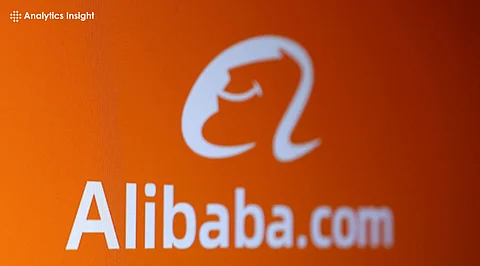

The AI race in 2025 has three standout contenders: Alibaba’s QWQ-32B, DeepSeek R1, and OpenAI’s O1 Mini. These models push the limits of reasoning, coding, and efficiency, offering different strengths for various applications.
Alibaba’s QWQ-32B is a 32-billion-parameter AI designed for mathematical reasoning and coding. Unlike massive models, it maintains efficiency by using reinforcement learning to refine performance. This makes it highly capable without the need for excessive computational power.
With a strong score of 79.5 on reasoning benchmarks, it competes closely with DeepSeek R1 despite being significantly smaller. The model’s ability to run on consumer-grade hardware makes it a cost-effective choice for businesses and researchers.
DeepSeek R1 operates with 671 billion parameters but only activates 37 billion at a time. This structure enhances efficiency while maintaining high-level reasoning capabilities. It dominates tasks requiring complex logic, with a benchmark score of 79.8 in mathematical reasoning. DeepSeek R1 is integrated into various applications, from education to smartphone AI, making it one of the most versatile models available.
OpenAI’s O1 Mini focuses on STEM-related reasoning tasks. It is smaller than its predecessors but optimized for speed and cost efficiency. Scoring 63.6 on reasoning benchmarks, it lags behind QWQ-32B and DeepSeek R1 but remains a strong competitor due to its streamlined performance and affordability. This model is widely accessible via API integrations, making it a practical solution for businesses requiring AI-powered solutions on a budget.
Benchmark tests highlight the competition. QWQ-32B and DeepSeek R1 dominate reasoning tasks, with QWQ-32B scoring 79.5 and DeepSeek R1 leading at 79.8. O1 Mini, while efficient, trails at 63.6. In coding, QWQ-32B’s reinforcement learning approach gives it an edge, scoring 63.4 on LiveCodeBench, just behind DeepSeek R1’s 65.9. OpenAI’s O1 Mini lags at 53.8.
With 32 billion parameters, QWQ-32B matches the performance level of much bigger models. It achieves efficiency through this reinforcement learning process of refining reasoning through iteration.
The other aspect of agentic capabilities allows QWQ-32B to actively adapt instead of just relying on rote responses. The ability to compromise parameters with DeepSeek R1 in reasoning while consuming significantly fewer resources gives QWQ-32B all the elements that put it on the path to being a disrupter.
Meanwhile, this competition brings forth the realization that this kind of model now leans toward being small and optimized. DeepSeek R1 is extremely large, but it makes sense that digging through all that bulk brings weighty consequences.
On the other hand, QWQ-32B provides evidence that making trains smarter could be useful too while accompanying lesser computational load. OpenAI's O1 Mini realizes a cost-effective model suitable for businesses that could spend less investment in incorporating AI into their affairs. Alibaba vs OpenAI, the battle for open source AI supremacy
There is always a purpose for each model. DeepSeek R1 rules them all in terms of large-scale reasoning. At the same time, QWQ-32B promises a much higher efficiency bar while achieving competitive performance.
Finally, O1 Mini is an affordable and fast AI. As new developments in AI emerge, of course, efficiency and adaptability will be salient features for choosing the better models for different applications.
